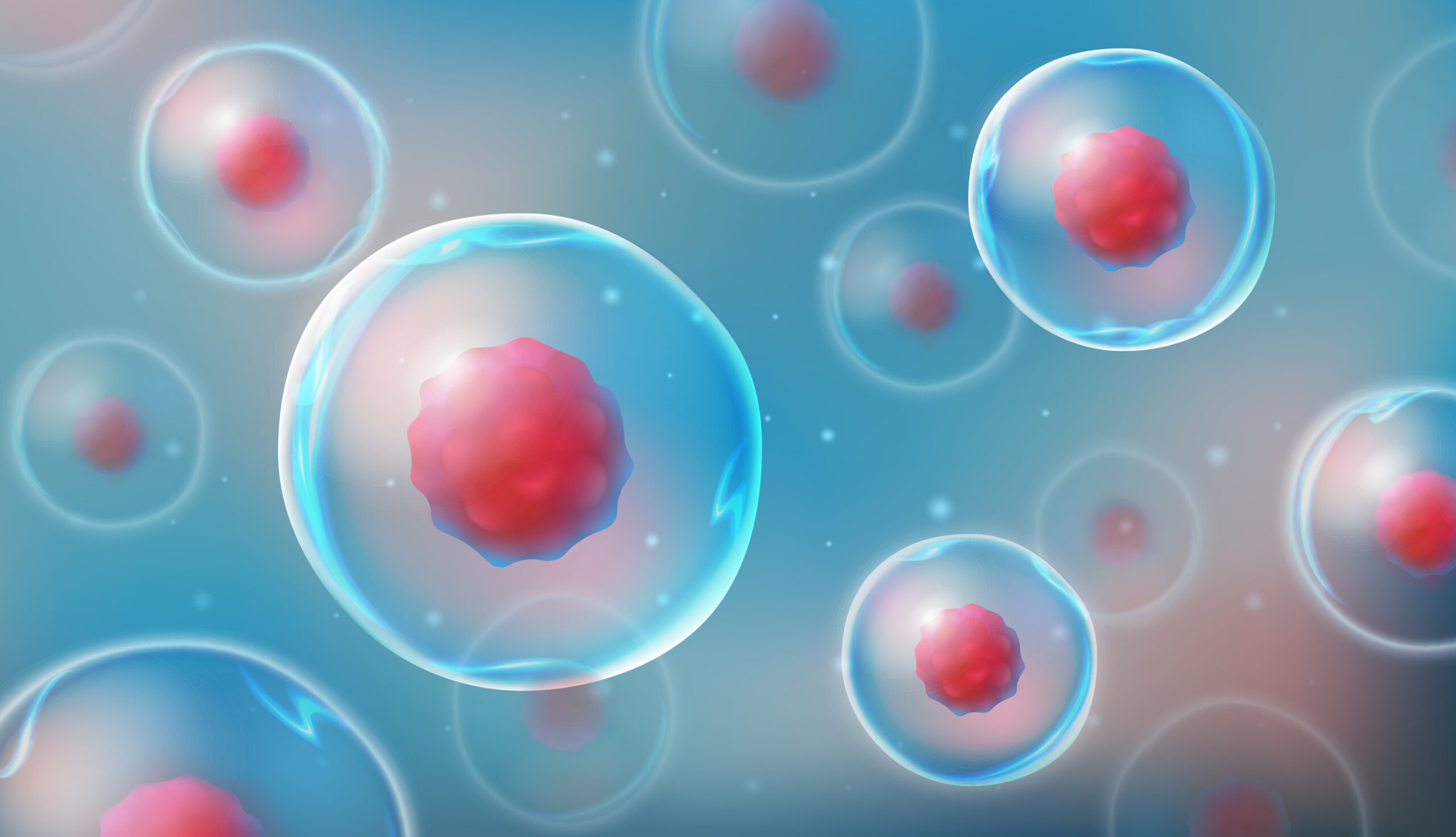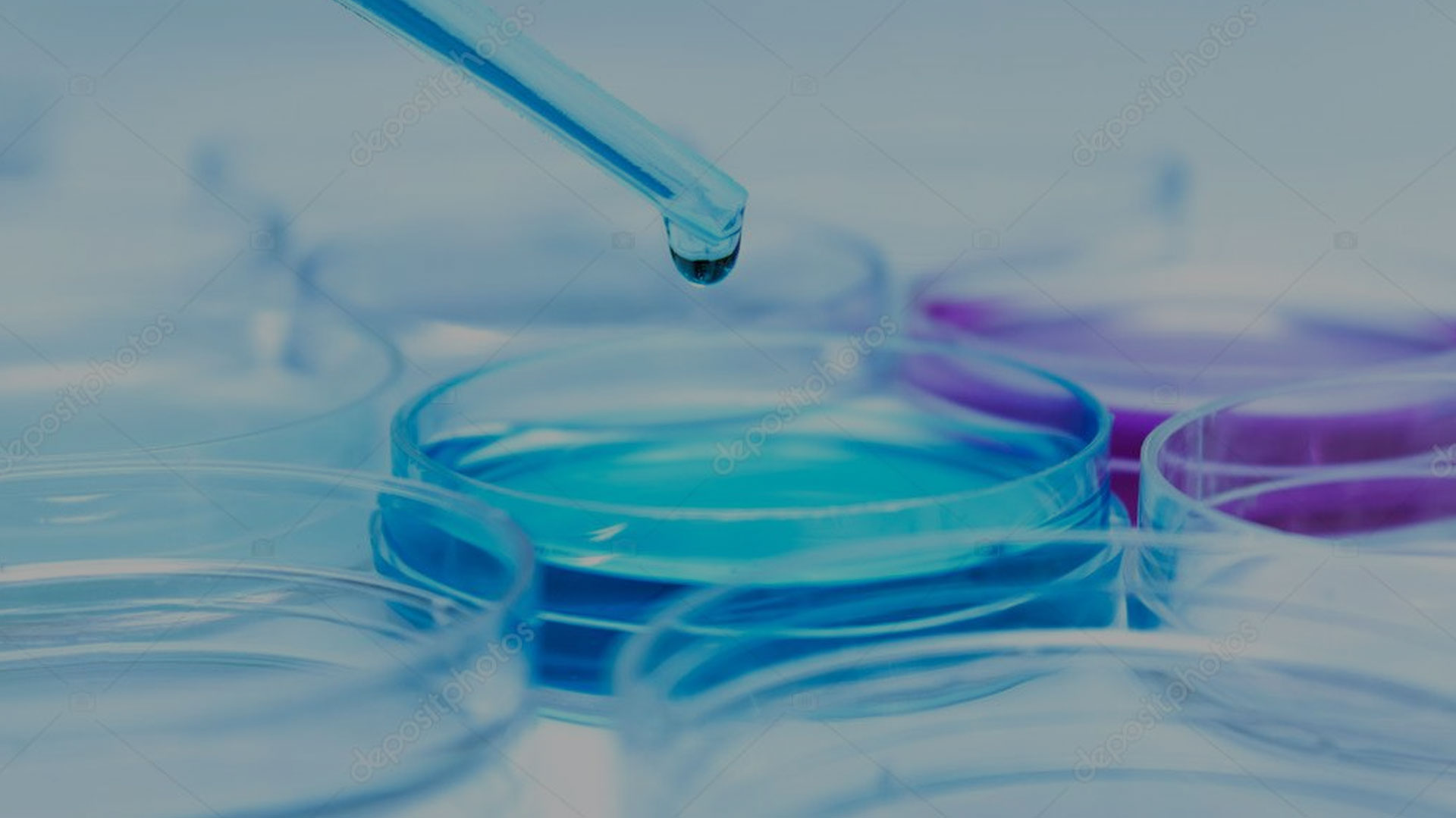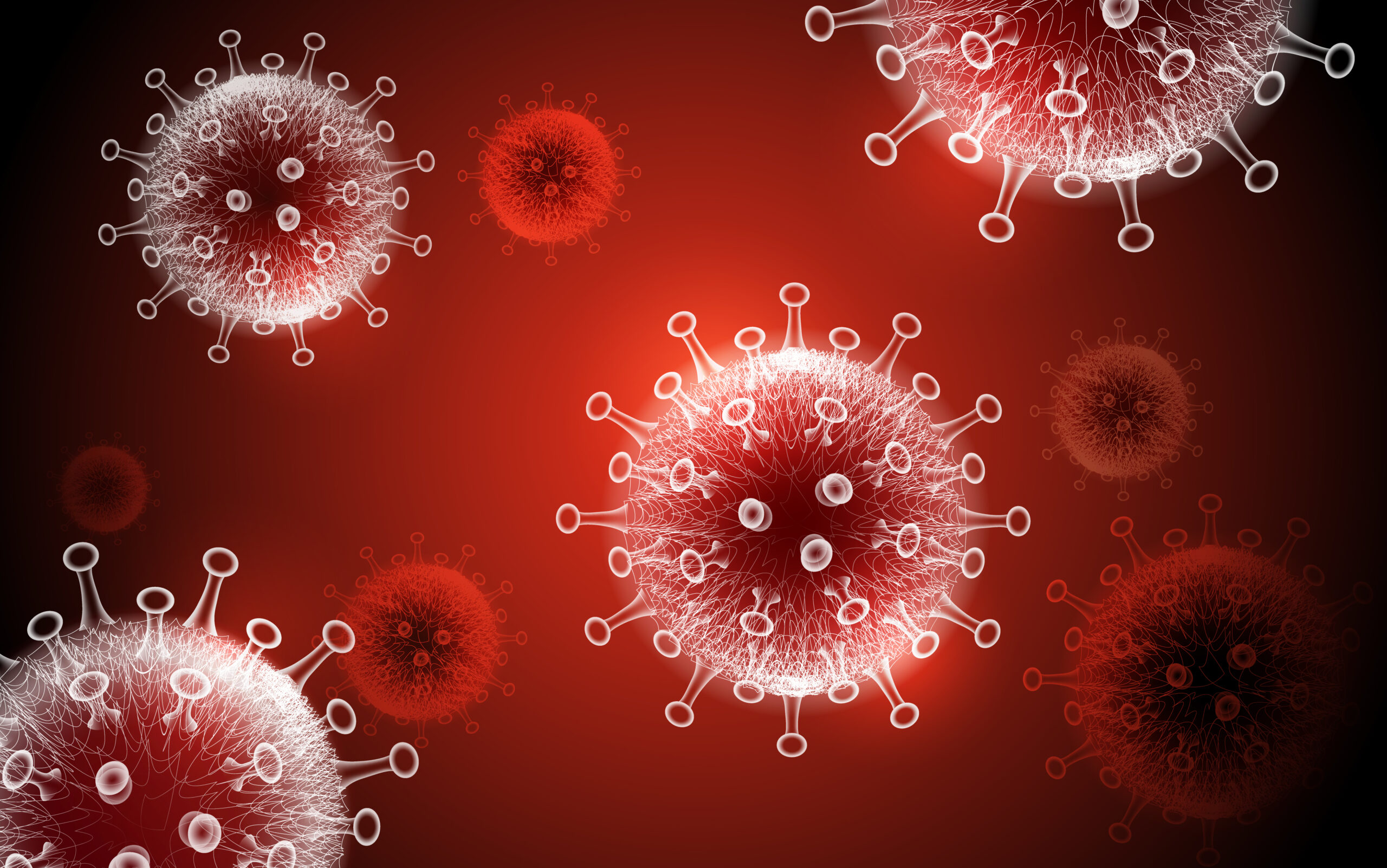
Hylabs provides GMP assays and custom cell culture services to our customers upon request.
For custom experiments, we may assist in planning the requested experiments in order to meet your goals. Among the services offered are:
Variable cell viability assays
Gene editing using, siRNA and CRISPR platforms to provide you with transient or stable cell lines,
Cell signaling, Transfection & infection
Potency testing for pharmaceuticals (POC).
Our tissue culture experiments include the comprehensive output of expression either by real-time-PCR, NGS, Western blots, or ELISA.
Cell authentication analysis.
We also offer Complementary tests for Cell Culture: Virology, QPCR testing, Mycoplasma PCR.

We are considered to be the most critical lab in Israel for sterility test product release. That specialty in sterility testing is due to our vast experience in adopting rapid methods for sterility such as BacT/ALERT and HB&L (see below) and by the fact that we test and support the critical companies in Israel from Cell therapy, Biopharma, and medical devices sectors.
Sterility testing is performed in order to establish the presence or absence of viable microorganisms and is carried out in a clean room, under aseptic conditions with highly trained technicians. Sterility test may be carried out using a Membrane Filtration technique or by Direct Inoculation of the culture medium with the product to be examined. Samples are incubated for 14 days in two types of media, which allow the detection of both aerobic and anaerobic microorganisms.
Hy Laboratories provides sterility tests in a Clean Room Class 1000 (ISO 6/Grade B) and under laminar airflow hood Class 100 (ISO 5/GradeA) conditions and serves the healthcare, pharmaceutical, medical device, and cell therapy industries.
Read more
Read more
We also offer complimentary tests for Sterility: Bacterial Identification, Ecology, Morphology, Clean Room Validation, Disinfectant Efficacy & BET (bacterial endotoxin test)

Our R&D Service is a unique, specialized facility that combines extensive R&D expertise with a comprehensive range of testing services, making it an ideal partner for projects in the pharmaceutical, biotechnology, and medical device sectors. As a leading contract lab in Israel, we offer the widest range of tests and services to help plan and execute research and development projects tailored to your specific needs.
We bring significant experience in microbiology and combine the vast experience of our research teams in numerous fields such as molecular biology, microbiology, virology, cell culture, sequencing, genomics, proteomics, NGS, and microbiome. Utilizing advanced techniques for DNA, RNA, and protein analysis, including qPCR, ELISA, and next-generation sequencing, we deliver precise, high-quality results with our state-of-the-art equipment and methodology.
By integrating R&D capabilities within our service offerings, we provide innovative, flexible solutions that adapt to evolving research needs and ensure compliance for regulated fields. We can support you with proof of concept for any biological ideas, meeting stringent industry standards and delivering results precisely tailored to our clients’ specific requirements.

Specific viral detection (GMP certified)
Our method for detection of specific viral targets using Real-time PCR is based on TaqMan technology so that each virus is detected using a specific set of primers and probe which enables rapid screening and sensitive detection of low levels contaminants (<25 copies per reaction).
Panel of pathogenic viruses is presented below. Additional custom-made assays are available upon request.
List of specific viral qPCR assays
| Virus Target |
Limit of Detection |
Sample Requirements |
| Human Immunodeficiency Virus types 1 and 2 (HIV-1, HIV-2) |
10 copies |
Per testing of 8 DNA viral targets:
1 vial of 1ml of non-cell-based
sample or 1-1×10(7) cells per 1ml
or as pellet |
| Human Papillomavirus types 16 and 18 (HPV-16, HPV-18) |
10 copies |
| Human T-Lymphotropic Virus DNA types 1 and 2 (HTLV-1, HTLV-2) |
10 copies |
| Simian Immunodeficiency Virus (SIV) |
10 copies |
| Mouse Minute virus (MMV) |
25 copies |
| Bovine Polyomavirus (BPyV) |
10 copies |
| Hepatitis B Virus (HBV) |
10 copies |
| Parvovirus B19 (B19) |
10 copies |
| Epstein-Barr Virus (EBV) |
10 copies |
| Human Cytomegalovirus/Herpes Type 5 (hCMV/hHV5) |
10 copies |
| Human Herpesvirus Type 6 (hHV6) |
10 copies |
| Human Herpesvirus Type 7 (hHV7) |
10 copies |
| Human Herpesvirus Type 8 (hHV8) |
10 copies |
| Herpes Simplex Virus types 1 and 2 (HSV-1, HSV-2) |
10 copies |
| Human/Simian Foamy Virus (HFV/SFV) |
10 copies |
| Hepatitis C (HCV) |
25 copies |
Per testing of 6 RNA viral targets:
1 vial of 1ml of non-cell-based
sample or 1-1×10(7) cells per 1ml
or as pellet
|
| Hepatitis A (HCV) |
25 copies |
| Hepatitis E (HCV) |
25 copies |
Detection of retroviral activity (GMP certified)
Detection of retroviral contamination in cell-free samples is achieved by the detection of reverse transcriptase (RT) activity using PCR-Based Reverse Transcriptase assay (PBRT, also known as Amp-RT, PERT). The assay is based on RT activity-dependent conversion of target RNA into cDNA that is then detected by quantitative PCR (qPCR).
For more information: Natalie: Natalie-mbc@hylabs.co.il |0546474969




